The Future of Enterprise AI Depends on the Network
From manufacturing, to healthcare, to hospitality, AI is transforming every industry imaginable.
But as businesses across sectors make large-scale investments to capitalize on AI-driven growth, they still face considerable challenges.
One critical reason why enterprises are lagging in their AI journey is that, while they’ve adopted AI systems outside of the data center, many have neglected to upgrade the infrastructure that these systems depend on: the network layer.
Deploying AI without investing in modernized network infrastructure is like dropping a high-performance engine into a car with wagon wheels. Sooner or later, the wheels will give way—and the whole system will come to a screeching halt. Devices, clients and users all connect to the network—and regardless of where the AI systems are running, they cause the amount of network traffic to increase significantly.
“Much of the discussion around AI has been focused on computing, storage and the need for more GPUs,” says Brandon Butler, Senior Research Manager, Enterprise Networks at IDC. “But at the end of the day, you need a network that can fulfill the promise of AI.”
Traditionally viewed as a background utility essential for maintaining system operations, network infrastructure is set to become a cornerstone of modern organizations in the age of AI, advancing beyond basic operations to play a critical role in driving and supporting AI-powered strategies.

“Previous technology transitions—from the internet, to mobile devices, to cloud computing—all caused us to rethink how we design networks,” says Anurag Dhingra, Senior Vice President and General Manager, Enterprise Connectivity and Collaboration at Cisco.
Dhingra believes AI is bringing an even greater transformative shift.
AI use is becoming inseparable from modern work, fostering a sense of urgency to keep up. In a 2025 McKinsey survey, nearly 80% of businesses reported using AI in their operational workflows, up from 55% in 2023. As enterprises augment workforces with AI-driven agents, applications, robotics and humanoids, enterprise productivity and throughput capacity significantly increase. This drives more traffic than traditional networks were designed to handle.
Every second of downtime carries a significant cost—especially in AI-powered factories and manufacturing lines powered by advanced robotics systems.
That’s why 95% of network leaders say resilience is critical to their success—and 98% say that secure networking is essential to their operations and growth.
“Robotics place even higher requirements on network connectivity,” says Dhingra. “Even a small blip can cause a manufacturing line to stop. The network needs to be ready for all that new traffic from AI workloads.”

Keeping pace with AI’s demands is becoming even more difficult—and not just because of the technology itself.
“There’s a real shortage of skilled humans to manage all of this,” Dhingra says.
The IT talent gap across industries is widening, and fast. Demand for AI-related job roles is expected to outpace supply by more than two to one by 2027, according to a Bain study.
But as networks buckle under the weight of AI’s data deluge and the talent crunch, they open the door to more than just slowdowns. They become more susceptible to attacks.

“AI introduces a whole different type of vulnerability,” says Maria Churchill, Deloitte Global Chief Information Officer, a Cisco customer and collaborator. “With large volumes of data, you need to make sure that the data isn’t just of high quality and accessible, but also secure.”
With its massive workloads, AI dramatically increases the security surface area. As AI enables “vibe coding”—humans rapidly generating code in tandem with AI—it’s not hard to imagine a parallel rise in “vibe hacking.” Security threats, Dhingra says, will be more complex and harder to contain.
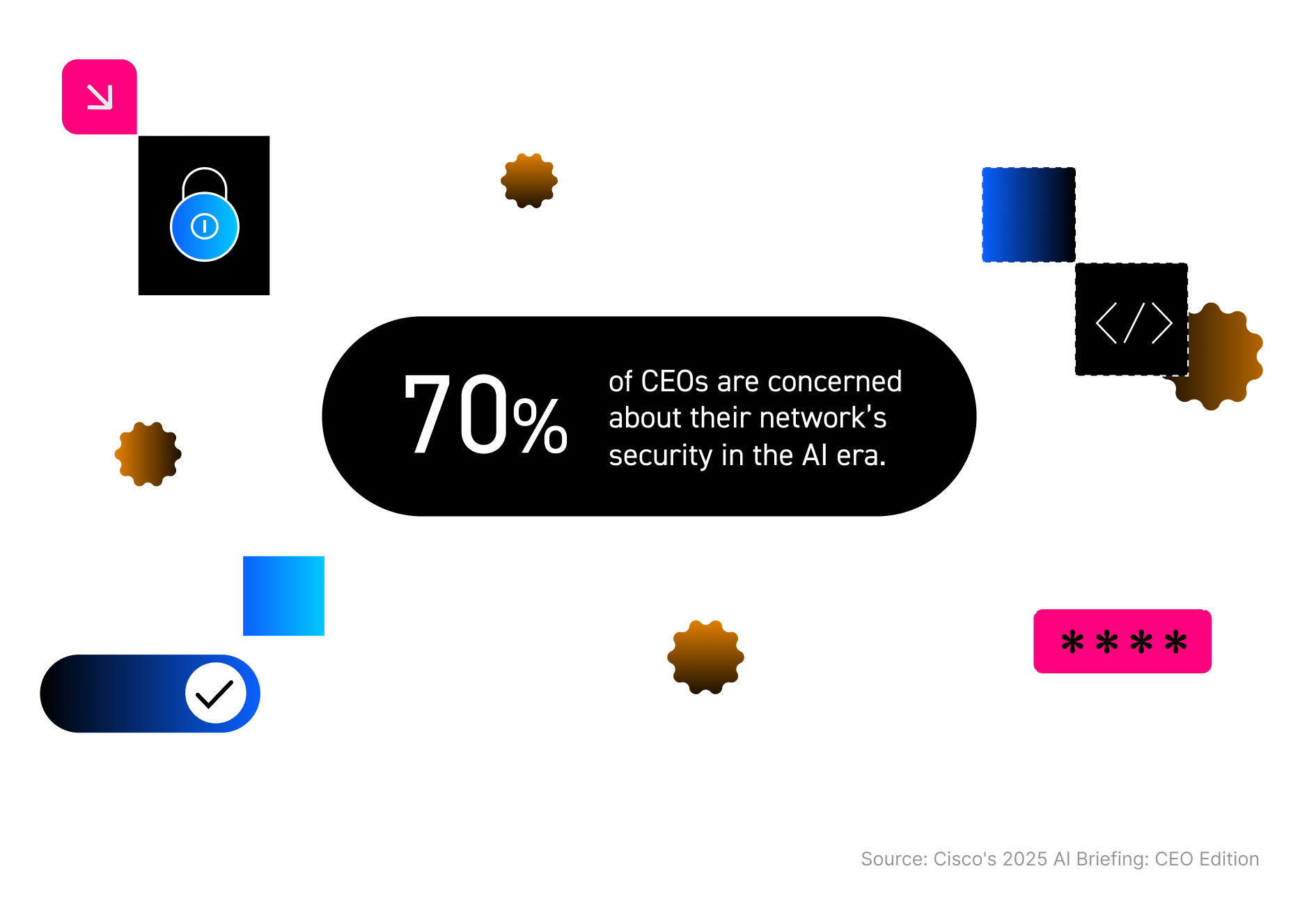
To stay ahead of these rising risks, enterprises need to rethink how they approach network design. Instead of seeing networks as mere connectivity tools, businesses should recognize them as adaptive platforms, critical to enabling intelligent decision-making, strengthening security and building long-term resilience.
Cisco’s network for instance, fuses together three key elements: advanced hardware, a robust security model and AI-powered management tools that quickly diagnose issues and provide end-to-end assurance across the infrastructure.
“The networks we build with our customers are with an eye towards the future applications, where AI applications, AI agents and embodied AI will all work together with human workers,” says Dhingra. “Security is woven in as a key piece from the very beginning.”

Some organizations are already leveraging AI capabilities to manage their network, identifying problems before they escalate. And enterprises are increasingly activating AI to automatically tune network settings, optimize performance and anticipate problems.
This shift is being recognized in industry research. “The rise of AI-powered network management has been one of the most important advancements in networking and has the chance to transform how organizations engineer and operate their networks,” says Butler. According to survey data from IDC’s 2024 Worldwide AI in Networking Special Report, network practitioners expect a wide range of benefits from AI-driven tools, including boosting staff productivity, increasing business agility and resolving network issues faster—all contributing to improved security and digital experiences.
Building on this industry momentum, Cisco is turning that potential into action. “By applying AI into the mix,” says Dhingra, “we’re taking a step from monitoring to proactive actions that can deliver on the promise of self-healing infrastructure, where autonomous agents can not only anticipate outages, but also take steps to fix them before they even happen.”
This leap from AI-enabled operations to fully autonomous, agentic operations is a core focus for Dhingra’s team at Cisco. To meet the exploding demand for secure, high-performance networks, Cisco is building next-generation devices with low latency, high capacity and high density, enabling networks to accelerate AI adoption. Driven by advanced hardware, these networks feature a robust security framework and AI-powered management tools.
“In an environment where you may have limited budget and limited human capital,” says Dhingra, “there are tools that apply AI to the problems of manageability and assurance—and that really helps you scale your current teams.”
Refreshing the network isn’t just a technical upgrade—it’s a strategic move to position businesses to stay ahead of emerging risks and lead in the age of AI.
